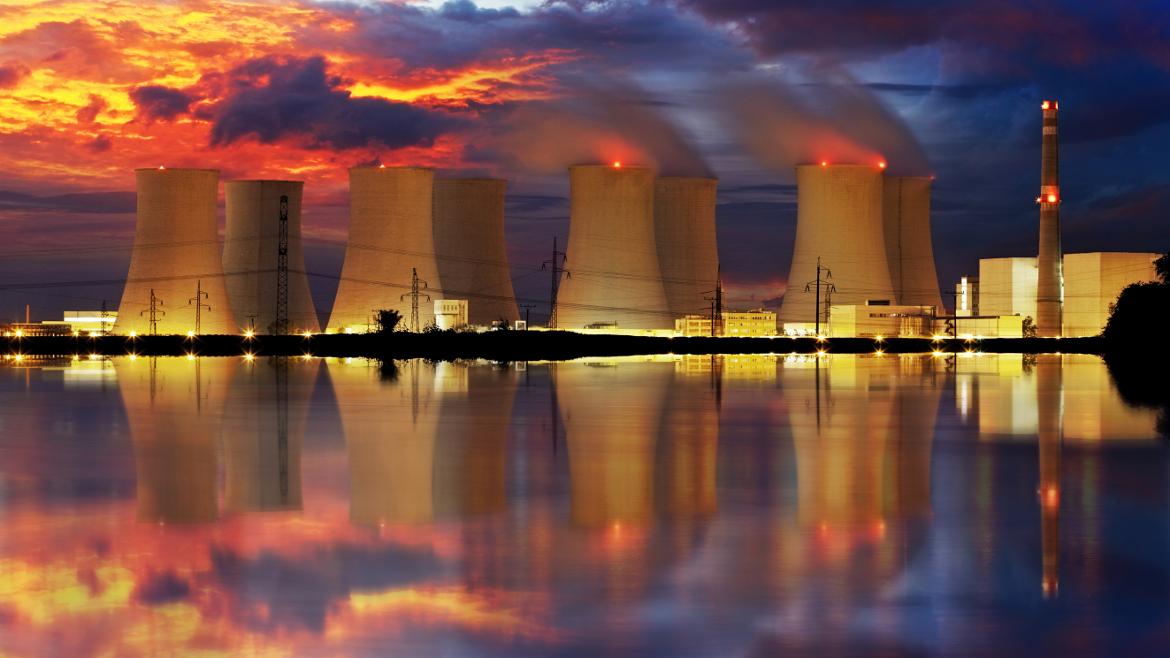Many experts believe that in the future energy generation will be highly diversified, with a large variety of sources feeding into the grid and many more of us becoming self-sufficient. That’s a logical outcome of current trends, but power stations are very likely to continue to play a significant role in the global energy ecosystem for many years to come. The question is: what role will they play, and under what economic conditions will they survive?
The world is challenged by the need to meet an increasing demand for energy while also needing to cut the CO2 emissions linked to global warming. Tackling this will take a mix of old and new technologies.
There is no global consensus regarding the future of power generation. Nuclear power is falling out of favour in Europe —even France, well known for its fervour for nuclear, is greatly reducing its dependency on the source—but more nuclear reactors are under construction now than over the past 25 years. These projects are mostly based in China, a country that is unafraid of big infrastructure projects and where the rapid growth in demand means that long-term power projects are economically sound.
With the exception of China, however, such projects are becoming less viable. In the UK, the project to build a new nuclear plant at Hinkley Point has turned out to be a sinkhole for investment, with the British government locked into paying well over the odds for the energy it produces for more than 30 years. Building large-scale, always on-power stations that produce a significant portion of a country’s energy supply is unlikely to be the model in most regions.
It is hoped that renewable sources, such as onshore wind and solar, will contribute a growing share of energy production in the future, but with energy-distribution grids in their current state, traditional sources are still needed for times when the sun is not shining or the wind is not blowing. In the short term, gas turbines will fit the bill. These can be built quickly and run cheaply. And unlike nuclear, coal or renewable sources, they can be turned on and off quickly, according to demand. Flexible power plants will be aided, too, by the continued growth of “smart-grid” technologies, which, by gaining a much more fine-grained understanding of consumer demand, allow resources to be allocated more efficiently.
Yet increasingly, improved battery technology is allowing plants to be more flexible without the need to fall back on fossil-fuel “peakers”, such as gas turbines, to meet peak electricity demand.
In Los Angeles, for instance, plans are afoot to replace the natural-gas-burning power peakers that currently supplement the city’s largely fossil-fuel primary plants with what will be the world’s largest storage battery. During periods of low demand the battery will be charged with cheap solar and wind power (that would otherwise go to waste), which will then be discharged during the mid-afternoon and mid-morning peaks, allowing the city to respond flexibly to demand without the need for more fossil fuels. This is expected to come online within the next five years. Some new plants may be made of batteries alone. In December 2016 the UK government awarded contracts to build battery storage plants with a 500-mw capacity in the country. Centrica, a British utility company which won one of these contracts, says that its battery plants will be able to respond to fluctuations in demand in less than a second.
But batteries will also help existing plants to become more flexible and, by allowing them to store cheaply generated energy and supplying it at peaks of demand, more cost-effective.
In the longer term, most parties are clear on the end vision, in which households are on the whole energy self-sufficient, with local and household renewable sources, needing just a few hours of energy from the grid here and there. Problems of smoothing out unreliable, renewable-energy generation are very likely to be ameliorated by improvements in battery technology.
The most high-profile initiative in this regard is carmaker Tesla’s plan to provide integrated household energy systems, with solar panels on the roof and energy storage batteries in the basement. This would help to smooth out intermittent shortfalls and allow for much more distributed—and renewable—energy supply.
For now, this is the dream of Silicon Valley technologists, and in the medium term a degree of centralisation is inevitable, even for renewable sources. That said, technology has a habit of unleashing rapid change, so a variable approach is a smart approach.
What role will power stations play in the future of energy? Share your thoughts on the Future Realities LinkedIn group, sponsored by Dassault Systèmes.
Sponsored by:





